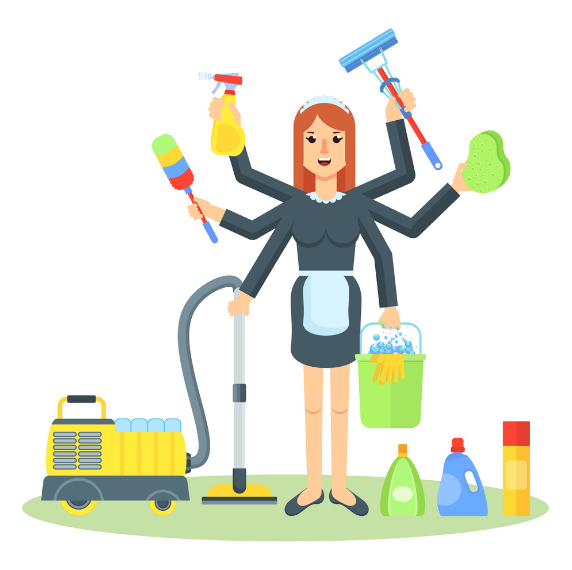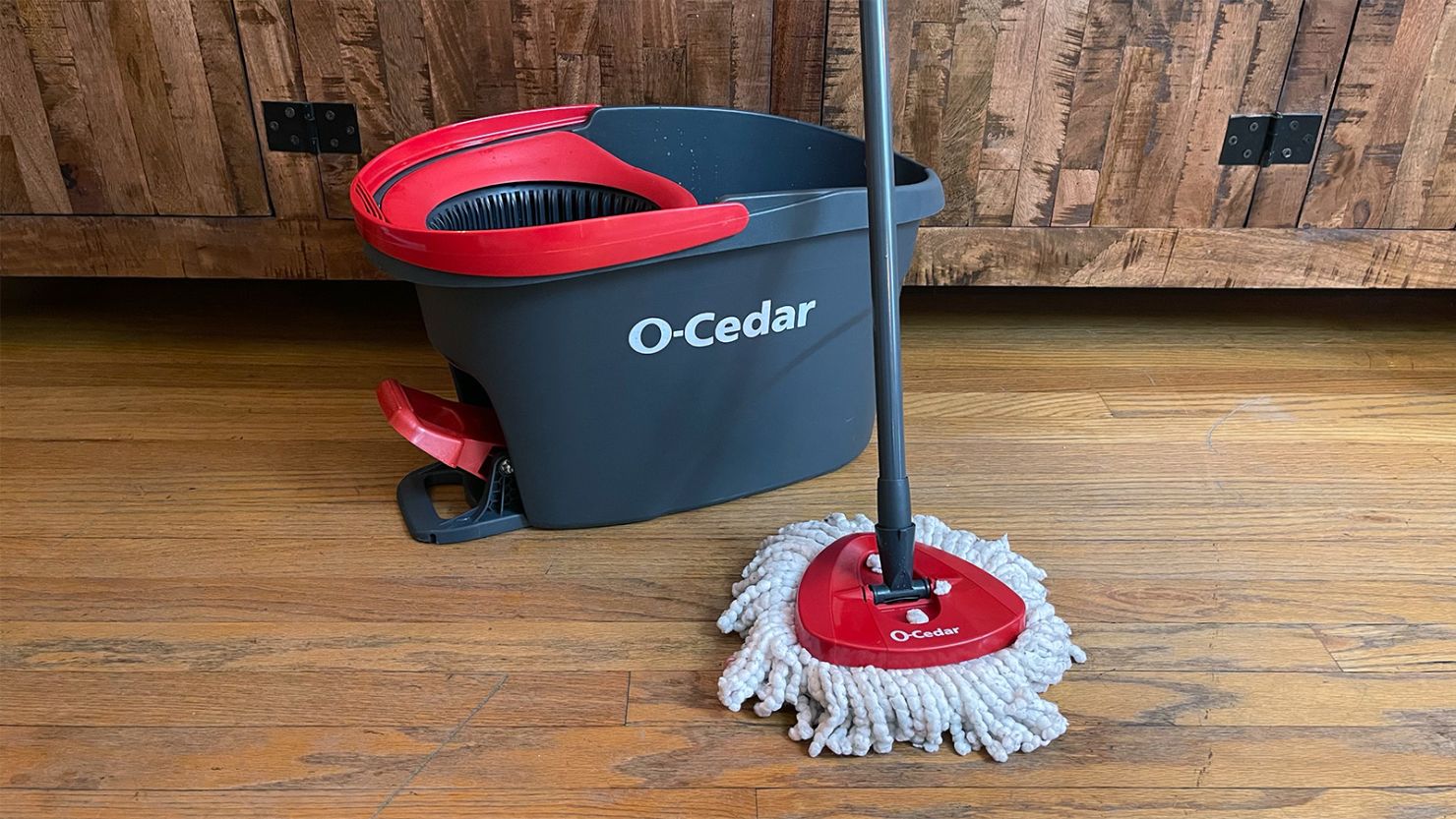Precisely How to Master Everyday Cleaning: Tips for Effective Defrosted and Cleaned Every Few Months and Decluttering
Precisely How to Master Everyday Cleaning: Tips for Effective Defrosted and Cleaned Every Few Months and Decluttering
Blog Article
Comprehending the Demand for Completely Decontaminating and Sanitizing Regularly Touched Surfaces in High-Traffic Locations
In the realm of public health and security, the thorough sanitation and sanitization of often touched surfaces in high-traffic locations stand as paramount measures in stopping the spread of harmful pathogens. By exploring the different facets of surface sanitation, from the dangers linked with disregarding cleansing methods to the effective approaches that can be used, a more clear understanding arises of the essential function these practices play in securing public health and wellness.
Relevance of Surface Area Disinfection
Highlighting the thorough disinfection of high-traffic surface areas is vital in keeping a sanitary environment and preventing the spread of unsafe microorganisms. High-touch surface areas such as door manages, light switches, lift switches, and counter tops act as reproducing grounds for infections and bacteria. Regular sanitation of these surfaces is important to lower the danger of contamination and transmission of ailments.
By carrying out a durable disinfection method, establishments and companies can develop a safer atmosphere for workers, clients, and site visitors. Correct surface sanitation not just minimizes the spread of infectious illness yet additionally imparts confidence in the tidiness and security of the properties. This positive approach demonstrates a commitment to health and wellness and health, which is specifically essential in high-traffic locations where the chance of exposure to pathogens is heightened.
Moreover, surface area sanitation plays an essential role in general infection control methods. Combined with hand hygiene methods, putting on masks, and keeping physical distancing, thorough sanitation of high-touch surface areas creates a thorough protection versus the transmission of hazardous bacteria. Focusing on surface sanitation is a crucial part of an all natural strategy to health and wellness in common spaces.
Threats of Ignoring Cleaning Practices
Neglecting complete disinfection of high-traffic surfaces substantially heightens the risk of bacterial and viral contamination, presenting a serious hazard to the health and wellness of individuals often visiting these spaces. Failure to implement proper cleaning methods can result in the buildup and spread of unsafe microorganisms, consisting of viruses and bacteria, on regularly touched surface areas such as doorknobs, handrails, lift switches, and kitchen counters.

Additionally, overlooking the relevance of extensive cleansing not just compromises the health of individuals yet likewise threatens efforts to keep a tidy and hygienic environment. It is essential to acknowledge the relevance of proper sanitation methods in protecting against the spread of infections and securing public wellness.
Efficient Disinfection Techniques
To keep optimum tidiness and decrease the danger of contamination on high-traffic surface areas, utilizing efficient sanitation methods is important. One of the most effective and typical sanitation approaches is making use of chemical anti-bacterials.
An additional reliable approach is the use of UV-C light. UV-C light has been shown to be efficient in killing a broad range of bacteria by interrupting their DNA framework, therefore avoiding them from duplicating. It is necessary to utilize UV-C light appropriately, ensuring that the correct strength and exposure time are applied to attain the preferred sanitation results.
In addition, utilizing vapor cleansing as a sanitation technique can be highly efficient, especially on surface areas that are heat-resistant. Steam can pass through porous surface areas and kill germs, infections, and various other microorganisms efficiently. When making use of vapor cleaning, it is crucial to guarantee that the surface area reaches the needed temperature for a sufficient amount of time to assure proper sanitation.
Effect On Public Health And Wellness
The maintenance of high criteria of cleanliness and disinfection on high-traffic surface areas plays an essential duty in securing public wellness. Frequently touched surfaces in locations with high tramp, such as doorknobs, handrails, elevator switches, and restroom facilities, serve as reproducing premises for unsafe pathogens. Falling short to effectively sanitize these surface areas can cause the rapid spread of contagious illness within areas. By implementing extensive sanitation protocols, the danger of transmission of infections, germs, and various other bacteria can be significantly decreased.
In high-traffic locations like airports, institutions, medical facilities, and public transport systems, the effect of rigorous sanitation steps can not be understated. Focusing on the sanitization of often touched surfaces is a positive method to advertising public health and wellness and enhancing the safety and security of individuals in common spaces.
Applying Routine Cleansing Procedures
Promptly instituting and sticking to a constant timetable of cleansing methods is critical for keeping the cleanliness and security of high-traffic surface areas. Regular cleansing procedures are essential in stopping the buildup of germs and virus on frequently touched surface areas, specifically in areas with high foot web traffic. By applying a methodical technique to cleansing, organizations can efficiently minimize the threat of disease transmission and produce a healthier setting for staff members, customers, and the public.
To develop a reliable cleansing schedule, it is vital to identify high-traffic locations that require regular attention. These areas might include doorknobs, handrails, lift switches, toilet facilities, and shared equipment. Carrying out a routine cleansing routine that targets these surface areas multiple times a day can considerably decrease the spread of harmful bacteria and infections.
Moreover, utilizing suitable cleansing representatives and disinfectants is essential to guaranteeing that surfaces are completely sterilized. Regular training of cleaning up team on correct cleansing methods and the value of adherence to the cleaning schedule is also important in maintaining a hygienic setting. By focusing on constant cleaning protocols, organizations can advertise the wellness and wellness of individuals who interact with these high-traffic surfaces.

Conclusion
To conclude, it is crucial to prioritize extensive sanitation and sanitization of often touched surface areas in high-traffic locations to stop the spread of damaging microorganisms and preserve public health and wellness. Ignoring appropriate cleaning methods can raise the threat of contamination and transmission of conditions. By applying routine cleaning procedures and utilizing efficient disinfection methods, Everyday cleaning we can create a safer setting for every person (Vacuum Carpets). It is crucial to identify the value of preserving clean surfaces in high-traffic areas to guarantee the wellness of the community.
In the world of public health and safety and security, the careful disinfection and sanitization of frequently touched surface areas in high-traffic areas stand as vital steps in preventing the spread of unsafe microorganisms. By exploring the different facets of surface area sanitation, from the dangers linked with ignoring cleaning procedures to the reliable techniques that can be used, a clearer understanding arises of the vital duty these practices play in securing public wellness.Additionally, using steam cleansing as a disinfection technique can be very effective, particularly on surface areas that are heat-resistant. When using steam cleansing, it is essential to make sure that the surface area reaches the required temperature for an enough amount of time to ensure correct sanitation.
In conclusion, it is important to focus on thorough sanitation and sanitization of regularly touched surfaces in high-traffic locations to avoid the spread of harmful microorganisms and preserve public wellness.
Report this page